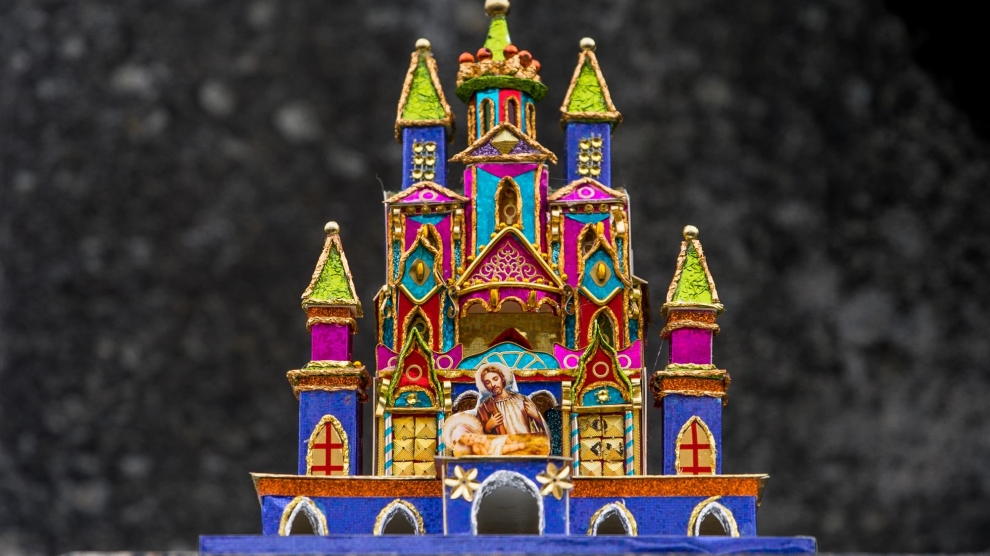Two emerging European traditions – one in Hungary and the other in Poland – have been included on UNESCO’s latest Intangible World Heritage List.
In Hungary, a traditional technique for dyeing cloth has made the list, while in Poland the celebrated Krakow nativity scene has also been included.
To apply designs onto cloth, the Hungarian practitioners use hand-crafted blocks up to 300 years old, featuring regionally-inspired patterns as well as generic designs or Christian motifs. The representation of local flora and fauna is interrelated with the local culture of Hungary’s regions. Traditional indigo blue-dyeing does not end with printing, however: the textile chain involves preparing the raw materials and spinning, weaving, finishing, printing and dyeing them.
Businesses engaged in the practice today comprise mainly small, family-owned workshops, each requiring the cooperation of the various family members, who each participate in every step of the production regardless of their gender. Traditional knowledge is still based on journals dating back to the nineteenth century and passed on through observation and hands-on practice. Stakeholders feel a strong emotional bond with their products, and the element encapsulates a sense of pride in long-lasting family traditions.
Meanwhile, a Polish Christmas tradition dating back to the nineteenth century, Szopka Krakówski (the Krakow nativity scene) has also been inscribed the UNESCO list.
While the tradition of building the nativity scene (szopka) dates back to the nineteenth century, in 1937 Jerzy Dobrzycki, director of the Krakow Municipal Art Propaganda Office, decided to make the event a competition. Since then, hundreds of craftsmen have competed each year, some more than 50 times.
As with any tradition, the szopka has evolved over time. Initially they were built as nativity scenes surrounded by representations of the houses and monuments of Krakow, many today depict historical, cultural and contemporary social events relating to life in the city and around the world.
The szopka are displayed on the first Thursday of December, where makers begin to gather on Krakow’s main square from the early hours in the morning to find the best spot to present their work.
The Krakow szopka have gained global recognition, and can be viewed and admired for almost three months at the Kraków Nativity Scene Contest Exhibition at the Historical Museum of the City of Kraków (MHK).
—
This article was co-authored by Shakhil Shah. Photo: Krakow.pl


Add Comment